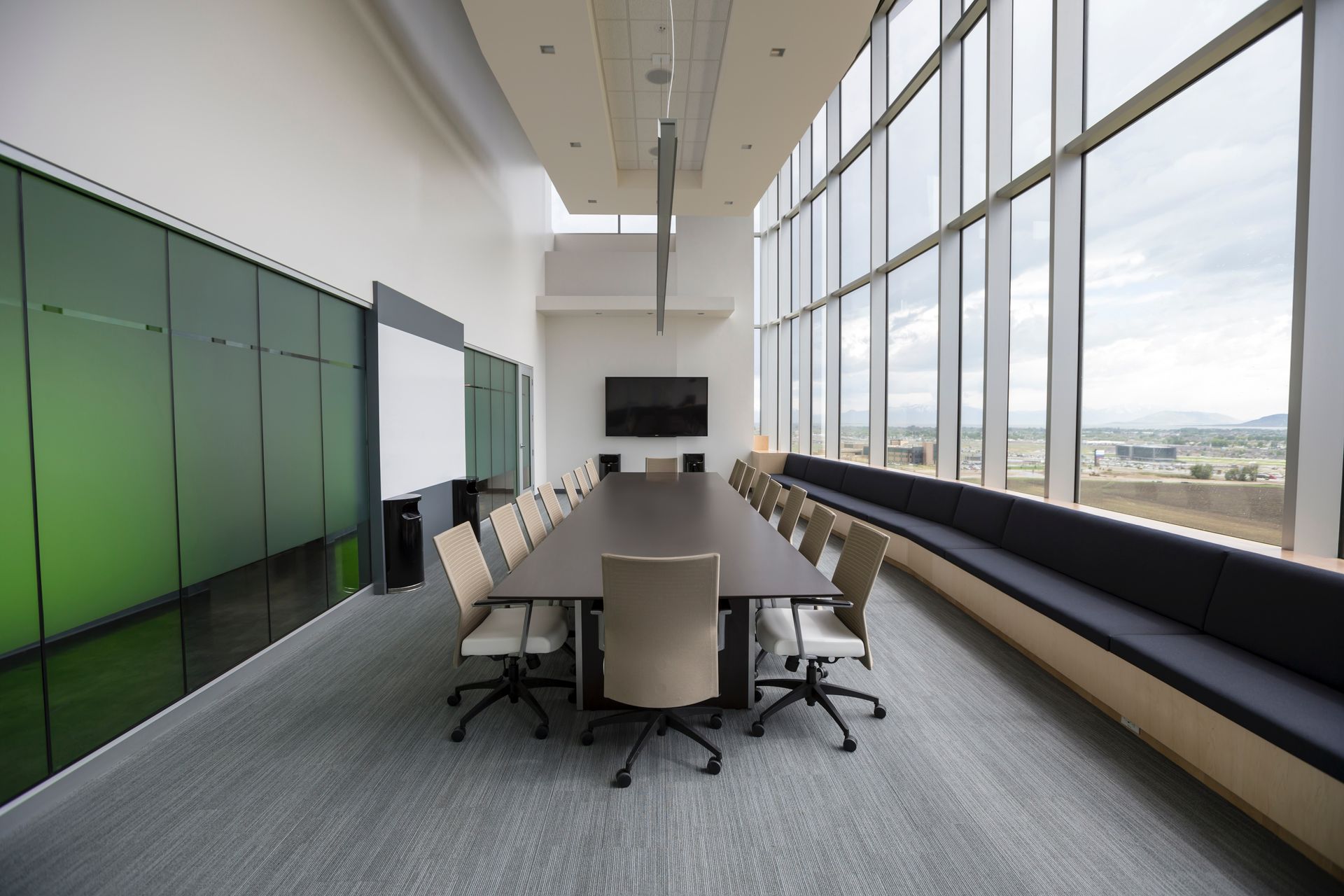Ergonomics and safety in cleaning
Deepening your knowledge of ergonomics and safety concepts

Raising awareness of ergonomics in the workplace:
Understanding the principles of ergonomics to prevent musculoskeletal disorders (MSDs) and reduce accidents in the workplace.
Identifying the ergonomic risks associated with cleaning tasks and proposing appropriate solutions.
Managing and supporting teams:
Training and supervising staff to ensure that good practice is applied.
Adapting working methods to suit the needs of staff and the constraints of the site.
Optimising working conditions:
Assessing how well suited tools and equipment are to the staff's needs and ergonomic constraints.
Implementing measures to reduce fatigue and improve productivity (e.g. task rotation, active breaks).
Promoting safety in the workplace:
Implementing policies and protocols to prevent the risk of accidents (falls, spills, exposure to chemicals).
Ensuring teams' compliance with safety instructions.
Special techniques covered:
Ergonomic handling techniques:
Appropriate postures for lifting, moving and using heavy equipment.
Reducing physical effort through specific techniques (e.g. cleaning in linear movements, avoiding twisting).
Use of modern equipment:
Introduction to ergonomic tools such as telescopic handles, adapted trolleys and motorised equipment.
Maintenance of equipment to ensure safe and prolonged use.
Managing challenging spaces:
Methods for cleaning at height, in narrow or cluttered areas, minimising the risk of falls or injury.
Safe approach to cleaning slippery floors or when chemicals are present.
Introduction of routines to avoid excessive repetition of movements involving the same muscles.
Analysis of high-risk situations:
Identification of critical areas and practices requiring particular attention.
Techniques for managing the unexpected without compromising safety (for example, in the event of a spill or unexpected obstacle).
This training course helps participants to provide a healthier and safer working environment for staff, while improving the efficiency of operations.
Future inspectors, or inspectors with previous experience, team leaders, specialists.
Basic training
In-depth knowledge of the correct postures and movements
Safe use of tools and equipment
Prevention of musculoskeletal disorders
Compliance with safety instructions
Adaptability in complex environments
Methodological input 35%
Practical work 50%
Reflection, discussions and debates based on the experiences of the trainees and the trainer 15%


Ergonomics and safety in cleaning
Deepening your knowledge of ergonomics and safety concepts